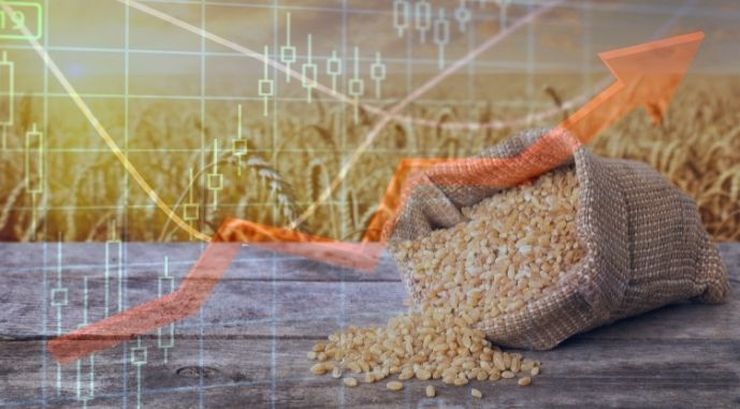Global Wheat Supplies to Rebound After Multi-Year Declines, Gro Predicts

Supplies of wheat, the world’s most widely grown grain, look set to rebound in 2024 after four straight years of declines, according to Gro’s machine learning-based forecast models.
Years of lackluster production have drawn down global wheat inventories, excluding China, to their lowest level in 15 years. Now, a favorable start to winter wheat crops in the US and Russia, along with improved prospects for crops planted later in 2024 in Argentina and Australia, is expected to lift world ending stocks.
In the US, promising early season conditions — and weather forecasts that currently look favorable for the next few months — suggest that US hard red winter wheat (HRW) yields could recover after successive years of drought. However, planted acreage is expected to be flat or slightly lower.
Currently, Gro’s machine-learning US Hard Red Winter Wheat Yield Forecast Model is predicting improved outcomes versus 2023. Previous El Niño years, including 2019 and 2016, also saw higher yields compared with La Niña years, as Gro wrote about here.
Russia has had four record wheat crops in the past eight years and the 2023 crop was close to a record. So far, the next winter wheat crop, for 2024/25, is also benefiting from favorable conditions. NDVI, an important measure of crop health, is at one of the highest levels in over 20 years and soil moisture is currently adequate, according to Gro’s Climate Risk Navigator for Agriculture.
Gro’s Russia Winter Wheat Yield Forecast Model currently is projecting yields above this time last year, although conditions can change when the crop emerges from dormancy in the spring.
Prospects for China’s winter wheat crop, which will be harvested in May-June, are currently looking better than last year, according to Gro’s China Wheat Yield Forecast Model. In 2023, late season heavy rains caused extensive damage to the crop.
Argentina’s wheat crop, which will be planted in the May-July period, should also benefit this year as conditions improve from last year. Gro’s Drought Index is well off the 2023 highs and soil moisture has rebounded. Last year’s late onset of El Niño came too late to rescue the country’s wheat harvest for 2023.
In Australia, El Niño tends to have the opposite, negative effect on wheat, and production in 2023 fell by 37% from a year earlier due to hot and dry weather. A transition from El Niño to ENSO-neutral conditions — which the US Climate Prediction Center forecasts is likely to occur in the April-June 2024 period — could aid the Australian wheat crop that will be harvested starting in October.
Read also
Wheat in Southern Brazil Impacted by Dry Weather and Frosts
Oilseed Industry. Leaders and Strategies in the Times of a Great Change
Black Sea & Danube Region: Oilseed and Vegoil Markets Within Ongoing Transfor...
Serbia. The drought will cause extremely high losses for farmers this year
2023/24 Safrinha Corn in Brazil 91% Harvested
Write to us
Our manager will contact you soon



